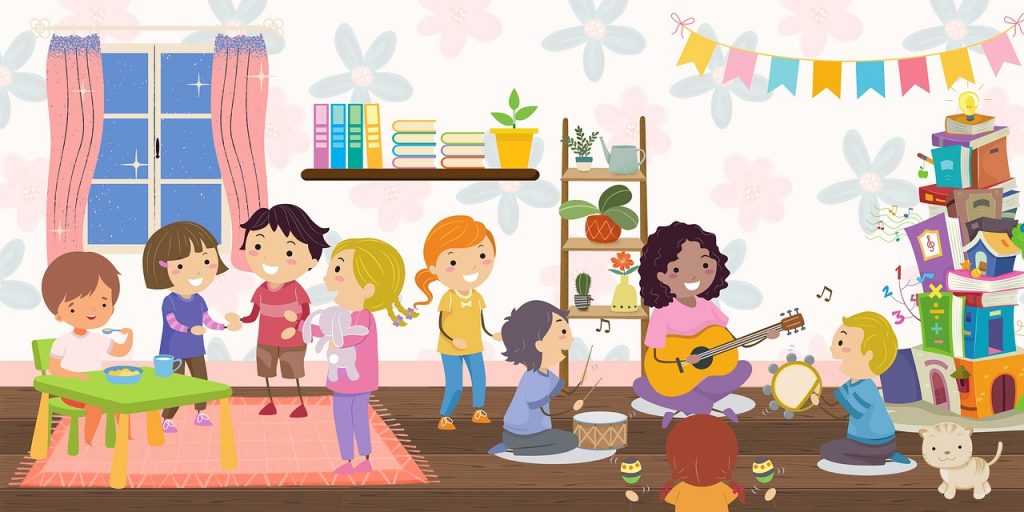The Power of Storytelling: Fostering Literacy Skills in Early Childhood

Introduction
Storytelling is a timeless tradition that has been passed down through generations, captivating audiences of all ages with its ability to transport us to different worlds, evoke emotions, and ignite our imagination. In early childhood education, storytelling plays a pivotal role in fostering literacy skills and laying the foundation for a lifelong love of reading and learning. In this blog post, we’ll explore the importance of storytelling in early childhood education and share practical tips for incorporating storytelling into your classroom or home to promote literacy development.
The Importance of Storytelling
Storytelling is much more than just a form of entertainment; it is a powerful tool for building language skills, expanding vocabulary, and developing comprehension and critical thinking abilities in young children. When children are exposed to rich and engaging stories, they learn to make connections between words and meanings, develop a deeper understanding of narrative structure, and expand their imagination and creativity.
Research has shown that children who are regularly exposed to storytelling from an early age are more likely to develop strong literacy skills and perform better academically later in life. Additionally, storytelling provides opportunities for children to learn about different cultures, perspectives, and experiences, fostering empathy, understanding, and cultural awareness.
Practical Tips for Incorporating Storytelling:
- Choose Engaging Stories: Select a variety of age-appropriate books and stories that capture children’s interests and imagination. Look for stories with colorful illustrations, engaging characters, and relatable themes that children can connect with.
- Use Expressive Language: Use expressive and animated voice modulation to bring the story to life and captivate children’s attention. Encourage children to use their imaginations to visualize the characters and settings of the story.
- Encourage Participation: Encourage children to actively participate in storytelling by asking questions, making predictions, and discussing the story’s events and themes. Create opportunities for children to retell the story in their own words or act out different scenes using props or costumes.
- Incorporate Multisensory Elements: Enhance the storytelling experience by incorporating multisensory elements such as music, sound effects, and tactile materials. Encourage children to use their senses to engage with the story and explore different textures, sounds, and smells.
- Make Storytelling a Regular Routine: Incorporate storytelling into your daily routine by setting aside dedicated time for reading and storytelling. Create a cozy and inviting reading corner or storytelling area where children can gather to listen to stories and explore books independently.
Conclusion
Storytelling is a powerful tool for fostering literacy skills and promoting a lifelong love of reading and learning in young children. By incorporating storytelling into your classroom or home environment, you can help children develop strong language skills, expand their vocabulary, and cultivate their imagination and creativity. Let us embrace the magic of storytelling and empower children to become confident and enthusiastic readers and storytellers. Together, we can inspire a new generation of lifelong learners and storytellers who will shape the future with their words and imagination.